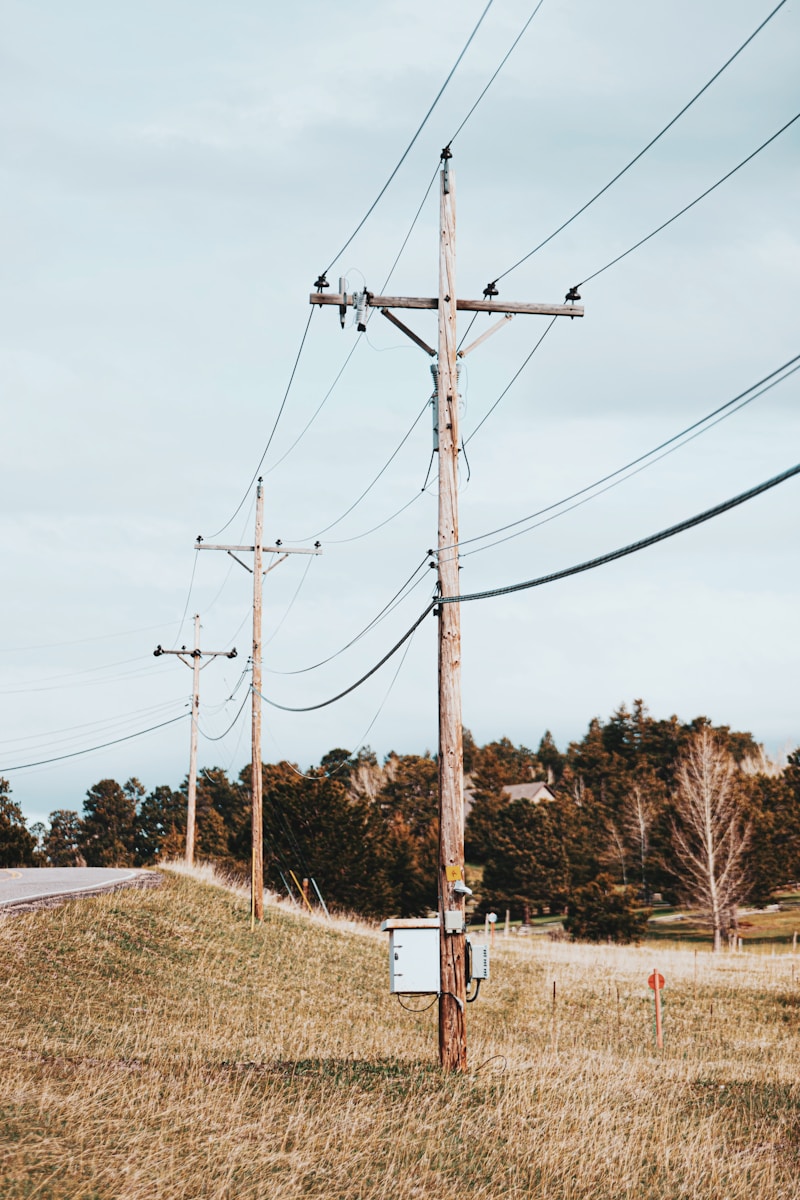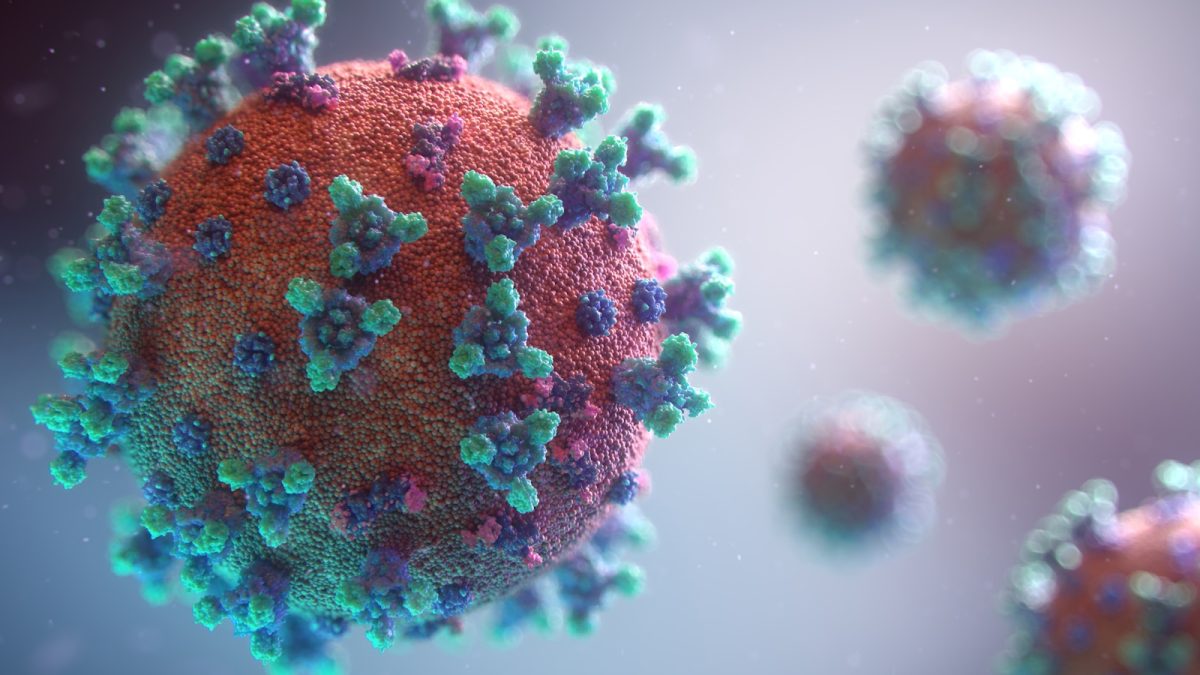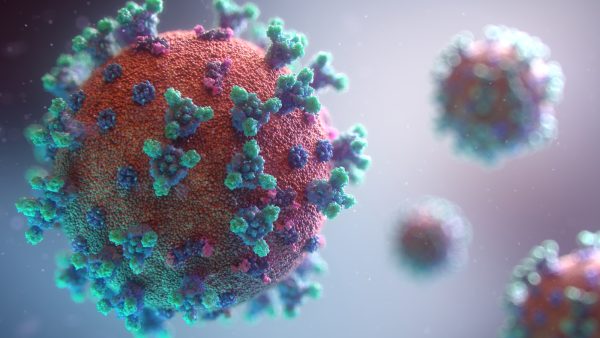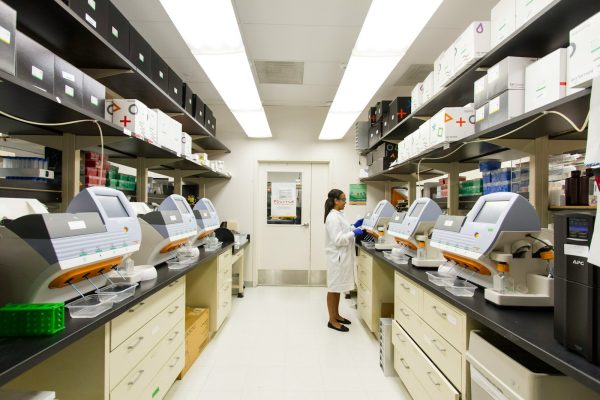Abuse Of Drugs In School
The abuse of drugs in school, during adolescent years.
According to American Addiction Center, about 35% of 12th graders have admitted to smoking marijuana in the past year. Unfortunately, during people’s adolescents years, they are the most vulnerable to change. While, students are building friendships, learning in their classroom, and doing outside activities, they are probably exposed to dangerous drugs.
Drugs can come in different forms such as pills, inhalants, drinks, and even injections. Common drugs include, heroin, cocaine, and marijuana. These drugs are extremely dangerous that can have devastating impacts on the human brain. However, these drugs are illegal and ca sometimes be harder to obtain. Unfortunately, household objects, such as sharpies, glue sticks, and whip cream cans, which are easy to obtain, can be used as something that can give teens the feeling of getting high. Household objects, injects, pills, inhalants, and even more forms of drugs can be easily accessed just from someone’s house, or even on the street.
 Drugs can rewire brain processing and the way the human brain remembers information. This may affect the way a teenager would think or act, in and out of school grounds. Additionally, drugs can have a negative impact on the teen’s mental health. Abuse of substances can have long and short term effects on a teen’s brain. Drugs usually These impacts on their brain, can ruin their relationships with friends, family members, and other people.
Drugs can rewire brain processing and the way the human brain remembers information. This may affect the way a teenager would think or act, in and out of school grounds. Additionally, drugs can have a negative impact on the teen’s mental health. Abuse of substances can have long and short term effects on a teen’s brain. Drugs usually These impacts on their brain, can ruin their relationships with friends, family members, and other people.
While it may seem that students do not have a reason to participate in illicit drugs, most teens typically have a reason. In fact, there are several factors that could pile up, which lead to the abuse of drugs while the teens are in their adolescent stage. A few common factors that lead to the abuse of drugs include, family history of cannabis abuse, poor mental health conditions, and a feeling of alienation with family members or friends. Additionally, most teens have easy access to these substances in and out of school grounds. Studies have shown that 60% of students in a public high school admit to knowing that someone sells drugs on school grounds. These statistics have continued to rise and will most likely not stop if we do not act soon.
The use of drugs in and out of school between adolescents have grown throughout the years. Moreover, the ease of obtaining these illicit substances has loosened. Thankfully, schools are now required to have classes to describe the negative affects of abuse of alcohol, drugs, and other negative substances. However, parents, teachers, and school administrators must act soon to prevent the abuse of substances in school from rising again.
Related Stories:
- https://pubmed.ncbi.nlm.nih.gov/15661603/
- https://www.turnbridge.com/news-events/latest-articles/drug-abuse-in-schools/#
- https://americanaddictioncenters.org/blog/statistics-of-drug-use-in-high-school
- https://www.mayoclinic.org/healthy-lifestyle/tween-and-teen-health/in-depth/teen-drug-abuse/art-20045921
- https://www.camprecovery.com/about/articles/drug-use-high-schools/
- https://www.ncbi.nlm.nih.gov/pmc/articles/PMC3399589/
Take Action:
https://www.change.org/p/stop-drug-abuse-in-schools?source_location=topic_page

























